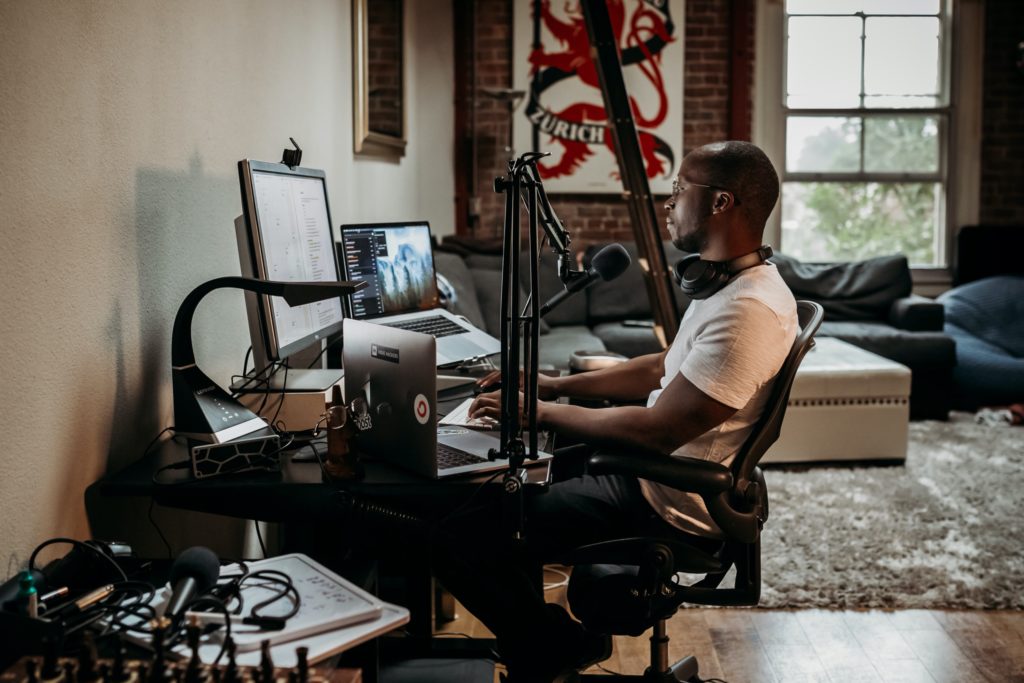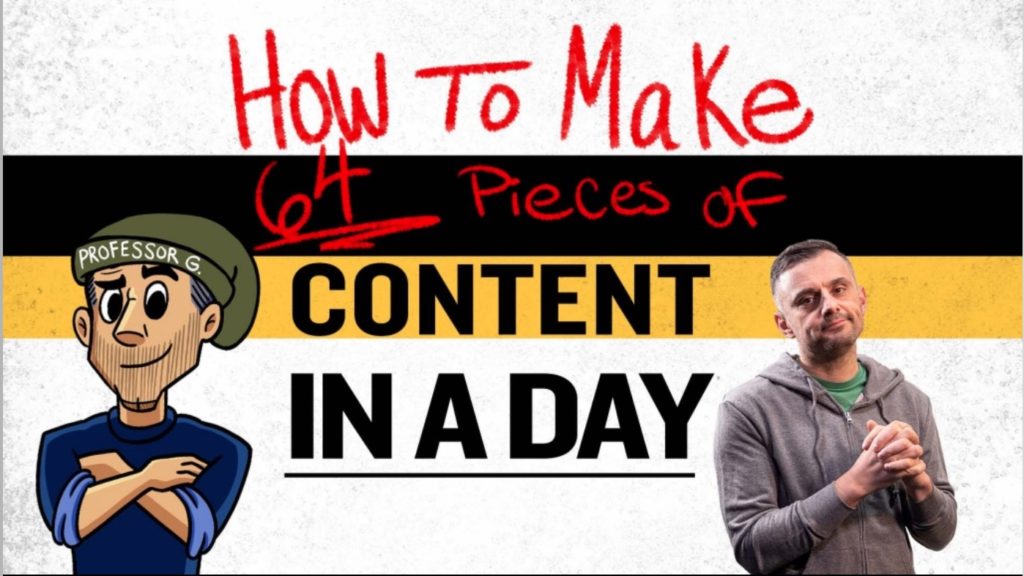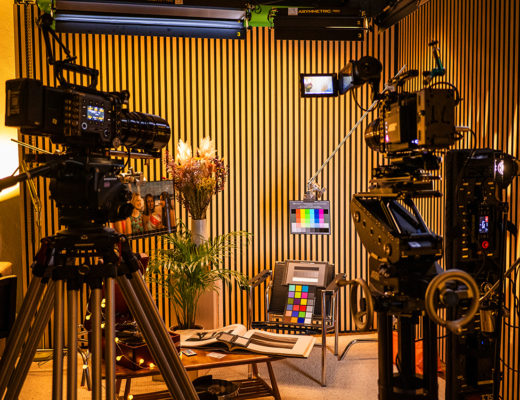This is part 3 in a 7-part series on creating a solid content market strategy. The first pillar in creating a strong foundation for a content marketing strategy was knowing the objective. Pillar #2 was “Be on brand” (and know when it’s okay to be off-brand). This week I tackle the third pillar—picking the right content.
It goes without saying that picking the right type of content is a key part of any content marketing strategy. Today I want to challenge what you think should be your chosen content type and consider content types you may not have previously considered.
What is content?
I guess I should first define what I mean by “content.” Okay. Do you have a pen ready to write this down? Here goes.
Everything.
That’s right. Anything and everything is “content.” If you can see or hear it on the internet, it’s content.
If you can see, hear, or touch it in “real life,” it’s content.
Anyone who tries to make it more complicated than that is most likely over-compensating for something.
Here are just a few examples of content. Some will be familiar to you:
- Videos
- Audio podcasts
- Blog posts
- Written case studies in PDF form
- Written case studies in blog form
- Infographics
- Slide-shares or self-running Google slides
- Social media (e.g. Facebook, Twitter, Instagram, YouTube, etc.)
- Ads
- Billboards
- Flyers hanging in the local grocery store
- Those spinning sign guys on the street corner
- Those dancing wind balloon puppet thingys
- A 1956 station wagon with logos painted all over it and a giant bullhorn on the top-emitting a corny-ass slogan and sales pitch
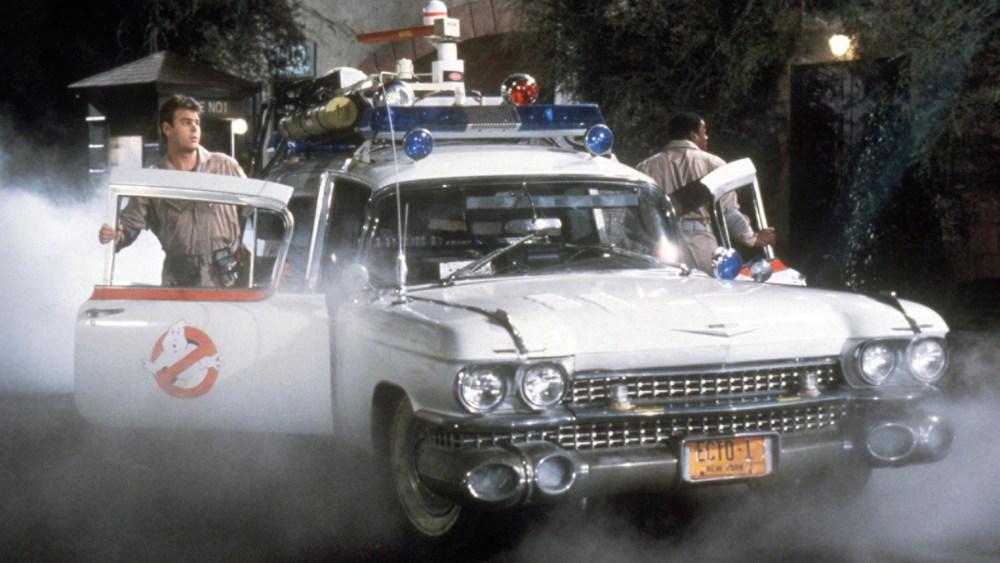
Catch my drift? Content is anything and everything that can engage and activate the human senses in a way that communicates a message.
You need to ask the question: “What is or are the best type(s) of content to use to achieve our desired objectives?”
Picking the right type for your content marketing strategy
I’m not trying to be unnecessarily coy when I mention wild, out-of-box content types like spinning street corner signs or obnoxious, pimped out station wagons. I know the overwhelming majority of you reading this won’t use those types of content to promote your brand or business.
But I listed those to open your mind to the possibilities of what content can be. Once you get in the habit of going through that exercise, you’ll be surprised at the ideas you generate.
Vimeo is one of the leading video hosting, distribution, and collaboration platforms. Their primary market is serving businesses and creatives who need a suite of tools to host, distribute, and collaborate on videos online. Yet, a year or so ago they initiated their first massive branding campaign that included, among the usual mix of digital media, billboards and subways signs in New York, San Francisco, and Chicago.
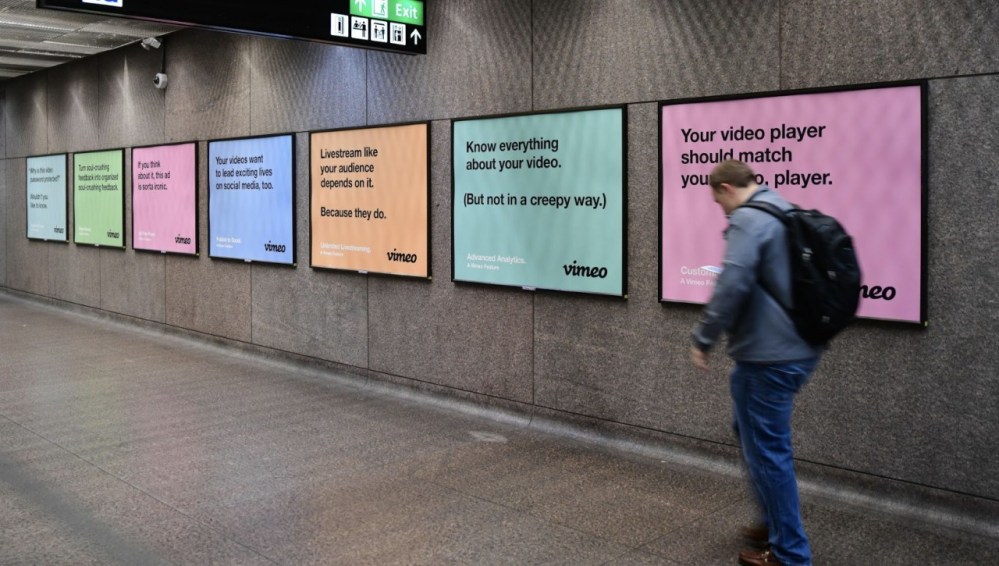
That being said, don’t go crazy and rent a fleet of vintage Mustangs for your next content marketing campaign (Actually, that’s doesn’t sound too bad. Never mind. Knock yourself out.)
You still need to pick what’s really best for the objective you are trying to achieve. There are a number of things that need to be considered:
- What is the race, gender, age, and other key demographics of your audience and where are they currently investing their time?
- Who is the perfect client/customer? In the podcast world, this is referred to as your “avatar.” It is a detailed, singular description of the person you’re talking to.
- What resources are at your disposal?
- What social media platforms are you best suited to share “bite-sized” versions of the content?
- What is the budget?
- What part of the sales funnel are these prospective audience members in?
- Is the overwhelming majority of your audience stuck at home due to a global pandemic?
Answering these questions will help you determine the best types of content to use in your content marketing strategy. Personally, I think in today’s crowded digital landscape, a good content marketing strategy is a thorough one. There is no reason why you shouldn’t use multiple forms of content, repurposing some to be others (e.g. turn a blog post into a video; a video into a podcast; use video transcripts to create written posts; etc.)
Digital marketing expert and VC extraordinaire, Gary Vaynerchuk, recommends creating upwards of 30 to 50 pieces of content per day. He even made a Slideshare deck (another piece of content) to show you how to make 64 pieces in a day.
No excuses
It goes without saying that your budget allocation will have perhaps the most profound impact on the type of content you pick. But having said that, a small budget doesn’t necessarily have to rule out whatever you have in mind.
If you want to make a podcast, you can start with an Anchor.fm account. It’s FREE and you can literally record episodes from your smartphone.
You could also start a vlog with nothing more than your smartphone, a lapel mic, a tripod, a small ring light (all three less than $60). Or you can use Wistia’s Soapbox Chrome extension to quickly and easily record, edit, and distribute vlogs right at your desk.
And it goes without saying that writing a blog post still remains as perhaps the leading and most effective content marketing tactic. I would argue that the longer the post, the better. If anyone tells you otherwise, they don’t know what they’re talking about.
During my time as managing editor for Frame.io’s blog, our blog posts averaged about 2,000 to 3,000 words (more than twice the length of the average filmmaking blog post). Nearly half of the top ten blog posts were over 4,000 words and one was over 10,000 words. SEO maven Brian Dean of Backlinko frequently publishes massive definitive guide blog posts in excess of 4,000 words.
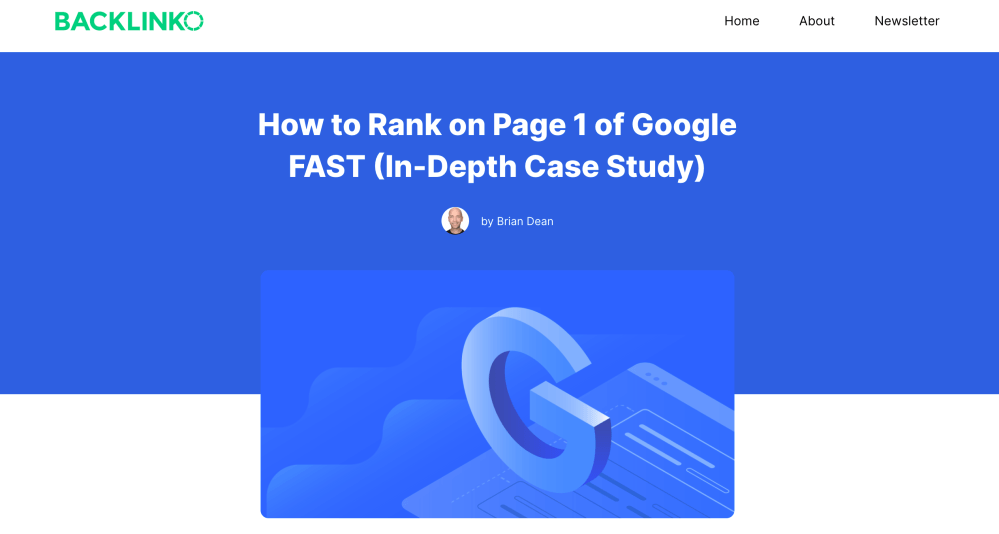
In addition to the resources I mentioned above, here are some other free or affordable resources for creating all forms of content (note: these are not affiliate links. I do not get any kind of compensation from listing them):
- Canva or Adobe Spark for infographics
- Pinecast for hosting podcasts (this is the service I currently use to host my old Radio Film School episodes)
- Live streaming on YouTube, Facebook, and IGTV
- Slideshare and Google Slides
- WordPress.com and Medium as blogging platforms
The goose and the gander
As the old American saying goes, “What’s good for the goose, is good for the gander.” That means this is information you can use for your business as well as that of your clients. For instance, let’s say your run a post house for high-end commercial work. Here is a small list of the kind of content you could create:
- Sample video clips of your work on Facebook, Twitter, TikTok, Instagram, and Twitch
- Podcast where you interview your top agency and production clients
- YouTube channel with screen tutorials of top color grading software
- An original VFX series highlighting the kind of work you do
- A podcast about the history of VFX or color grading
- A VLOG where you share random thoughts about tough client problems you’ve tackled and how you handled them
- Blog posts case studies of the projects you work on
- BTS videos of your best projects
- Instagram showing beautiful screenshots or short video clips from your work
- A Medium publication about VFX design concepts, creativity, working with clients, tips for freelancers, and/or leadership advice
Going back to the beginning
If you recall the first pillar of a strong content marketing strategy: you have to know your objective. This will inform the decisions you make. Is your objective to build a sales funnel? Find the best employees? Generate recurring work from previous clients? Spread exposure of your brand? Each type of content will have a varying degree success depending on what you plan to achieve. Now you have a better understanding of why know that information is crucial to picking the right content.
In the next installment, I’m going to discuss distribution and the ways in which you can get your content in front of your audience. In the meantime, share in the comments or on social ways in which you’ve had success with various pieces of content. Share links to them so I can re-tweet and re-share.
Header image by ConvertKit on Unsplash

Filmtools
Filmmakers go-to destination for pre-production, production & post production equipment!
Shop Now